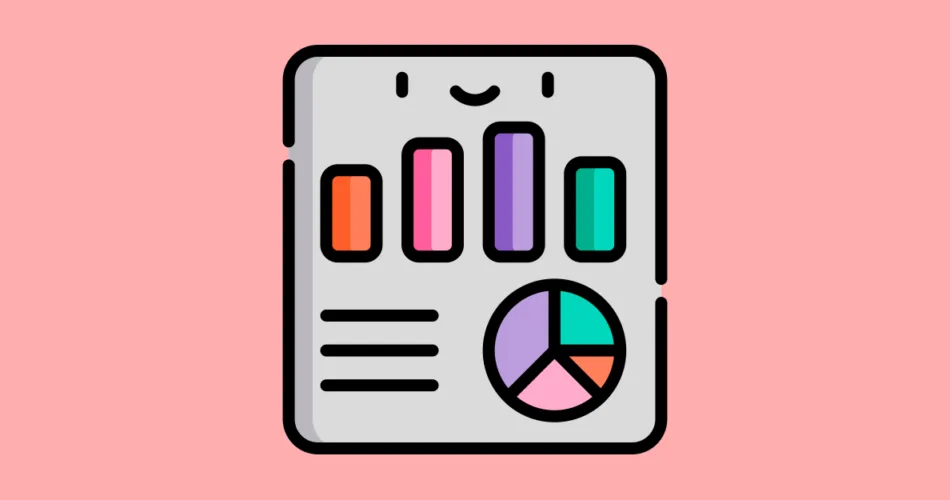Monitoring the performance and health of your systems is vital for ensuring their reliability and efficiency. Metrics collection and visualization are key components of this process, enabling you to gather data and present it in a meaningful way. In this article, we’ll explore how to collect and visualize metrics, covering topics like collecting and displaying metrics, as well as creating dashboards and visualizations.
Collecting and Displaying Metrics
Metrics collection involves gathering data about various aspects of your systems, such as CPU usage, memory utilization, network traffic, and application performance. Here’s a brief overview of the process:
Data Sources: Metrics can be collected from different sources, including servers, applications, databases, and network devices. Utilize tools like Prometheus, StatsD, or custom instrumentation to extract data.
Aggregation: Collected metrics are often aggregated over time intervals (e.g., one-minute averages). Aggregation helps reduce the volume of data and provides a more concise view of system behavior.
Storage: Metrics need a storage solution. Time-series databases like InfluxDB, OpenTSDB, or cloud-based options like Amazon CloudWatch and Google Cloud Monitoring are commonly used to store metrics data.
Visualization: Once data is collected and stored, it’s essential to visualize it. Tools like Grafana, Kibana, and Tableau can create graphs, charts, and dashboards to present metrics in a user-friendly way.
Creating Dashboards and Visualizations
Metrics are most valuable when they’re easy to understand. Dashboards and visualizations provide a concise and real-time representation of your system’s performance. Here’s how you can create effective dashboards:
Dashboard Tools: Choose a dashboard tool that suits your needs. Grafana is a popular choice, offering a wide range of integrations and customization options. Kibana is excellent for visualizing logs and Elasticsearch data.
Widget Types: Widgets are components that display metrics. Common types include line charts, bar charts, gauges, and heatmaps. Select widget types that best represent the data you’re monitoring.
Data Queries: Configure queries to retrieve specific metrics from your data source. For example, you can query a Prometheus database for CPU usage or request rates from an application server.
Real-Time Updates: Dashboards often support real-time updates, ensuring that you’re viewing the latest data. Set appropriate refresh intervals to keep your dashboard current.
Effective visualizations not only provide a snapshot of your system’s health but also help identify trends, anomalies, and potential issues. Customizing dashboards to match your requirements is crucial for actionable insights.
In conclusion, metrics collection and visualization are essential practices for monitoring your systems effectively. Choose the right tools for collecting, storing, and displaying metrics, and design informative dashboards that empower you to make data-driven decisions.
Subscribe to our email newsletter to get the latest posts delivered right to your email.


Comments